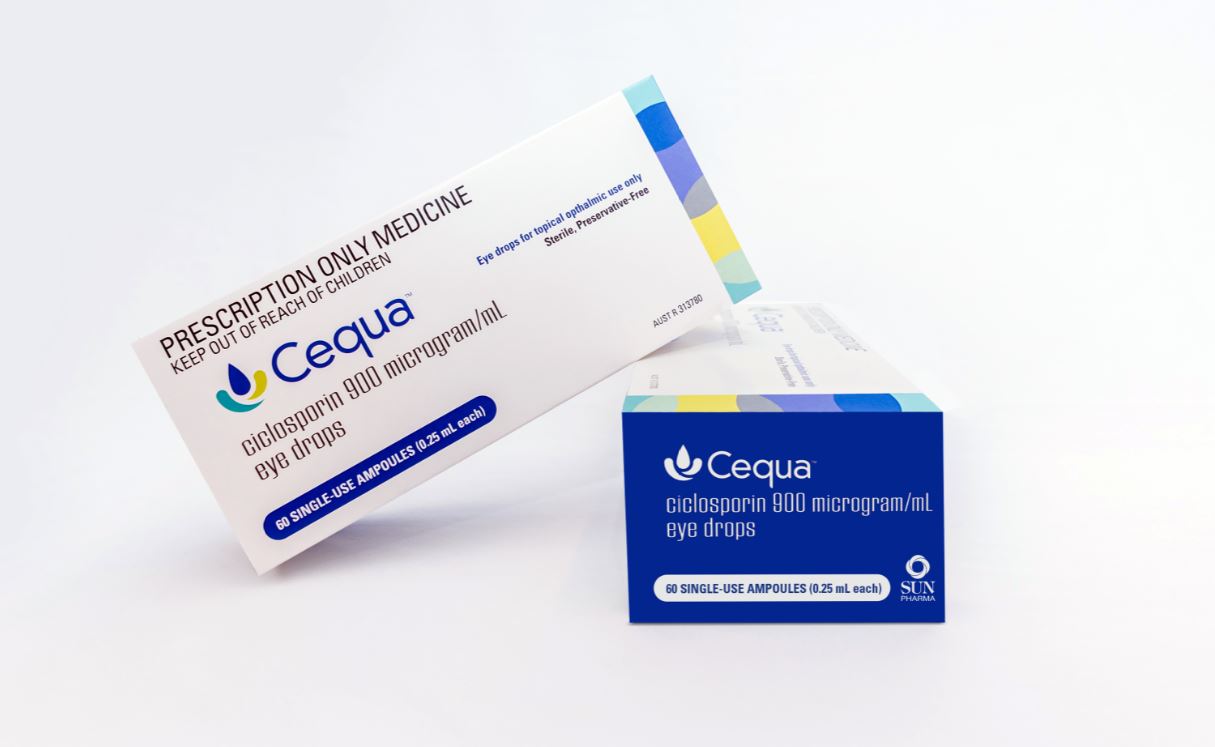On December
29, in Tianjin Medical University Eye Hospital, the dosing of first subject has
been completed in China’s registration bridging trial for Cyclosporine Eye
Drops 0.09%, the blockbuster innovative drug of China Medical System Holdings
Limited, representing a significant progress after the product received its
China IND approval in June this year.
The
trial is a randomized, double-blind, vehicle-controlled, multi-center Phase III
clinical trial, and its primary objective is to assess effectiveness and safety
of Cyclosporine Eye Drops 0.09% for the treatment of keratoconjunctivitis sicca
(dry eye)
as compared to vehicle. With Eye & Ent Hosiptal of Fudan University as the leading
hospital, the trial is planned to enroll 384 subjects and be conducted in
around 27 centers nationwide. The principal investigators of the trial include nationwide
well-known experts in ophthalmology and dry eye fields, such as Professor Sun
Xinghuai, the Chairman-designate of Chinese Ophthalmological Society, and Professor
Liu Zuguo, the President of Asia Dry Eye Society, Standing Committee Member of Ophthalmologist
Branch of Chinese Medical Doctors Association and the Leader of Ocular Surface and
Dry Eye Group of the Association.
Cyclosporine Eye Drops 0.09%

Cyclosporine
Eye Drops 0.09% is a novel, twice-a-day, preservative-free,
clear ophthalmic solution using a globally patented nanotechnology. The product
uses a unique, first-in-class vehicle in which the cyclosporine molecules are
surrounded by tiny structures called “micelles”. This micelle encapsulation improves
tissue penetration and safety. Currently, the product has been approved for
marketing in the U.S. under the brand name of CequaTM for increasing
tear production in patients with dry eye, and also been approved for
commercialization in Australia.
In
China, the incidence of dry eye is 21%-30%, of which moderate-to-severe
patients are about 118-168 million. Although various symptom alleviating agents
such as artificial tears are available in the market, there are few
satisfactory options in practice. In addition, in terms of ophthalmic
cyclosporine, related treatment options are still limited due to the historic
challenge of making an optic formulation of this agent at a relatively higher concentration
without increasing side effects. Once approved in China, the product is
expected to meet the clinical needs of patients with dry eye, providing them a safe
and effective treatment option.
